Things to see
What we call London is the conglomeration of 32 different boroughs The City of London, also known as the 'Square Mile' is actually the smallest city in England by population and measures not much larger than a square mile (hence the name). The city incorporates the area around Bank and St Pauls, however landmarks like the Houses of Parliament fall in the neighbouring City of Westminster while the Shard falls in the borough of Southwark. The City is one of my favourite parts of London, it has everything from an amazing history, to some of the most modern skyscrapers in the world and it combines it like nowhere else. The old settlementAlthough several dates have been given for the pre-Roman founding of the city, London became the capital of Roman Britain by 100AD and was already the largest city in Britain for half a century preceding that. The Roman city of London had boundaries similar to the Square Mile today. There are still many artefacts from the Roman era that you can still see in the City, from sections of the old Roman Wall that surrounded the boundary of the city to the Temple of Mithras and the remains of a large amphitheatre near the Guildhall. The City fell into relative decline after the withdrawal of the Romans and the nearby City of Westminster gradually took precedence. It wasn't until the late Anglo-Saxon/early Normal period that the City once again became a permanently inhabited city. Most of the famous landmarks from this era are in surrounding areas (e.g. Aldwych, Tower of London) however by the 1600's London had become the financial centre of England and over the next few centuries it would become the centre of global commerce in the world and following the Great Fire of London of 1666 a new city came into being. It was in the ashes of the fire that Christopher Wrens masterpiece, St Pauls Cathedral was built. Designed to the Baroque style that was famous at the time, the building remains one of my favourite pieces of architecture in the world and even though I have walked past it a hundred times, I still have pick my jaw up off the floor whenever I see it. The Financial CentreThe City of London has been the financial capital of the world since the 18th century and currently vies with New York and Tokyo for the title. A number of large corporations have their headquarters in the Square Mile, most of these are large multinational financial institutions. Over the past few decades, a rival financial centre has been set up in Canary Wharf (which is where I work), however, the City continues to grow with sectors for financial firms and legal firms (largely based around the northern boundary). This is shown by the vast number of new skyscrapers that have concentrated themselves in the Square Mile. The City is home to some of the most unique pieces of modern architecture such as The Gherkin (a favourite of mine), The Cheesegrater and The Walkie Talkie, all of which are mainly office spaces but also offer spectacular views and often high end restaurants. The Bank of England has its home in the City and occupies a large part of Threadneedle street and has done since 1734, whilst the Royal Exchange is one of the first buildings you see as you leave Bank Station (one of the worst stations on the Underground) and has occupied its current site since the 16th century although the building you see now was designed in the 1800's. Secret StreetsAway from some of the large and busy main roads is a secret city of medieval alleyways and hidden courtyards. Almost every corner of the City seems to have some history attached to it, from the Church of Saint Bartholomew that was built in 1123 to the 16th century Temple Bar entrance to the Square Mile. One of the oldest markets in London is Leadenhall Market (made famous recently in Harry Potter) and is unassuming and easily missed surrounded by large skyscrapers. There are also many pubs that are half a millennium old, Ye Olde Cheshire Cheese being my favourite, again hidden away in a narrow quiet alleyway. Guildhall is the administrative centre of the City and home of the Corporation of London (and the start of a thousand illuminati theories). The Guildhall structure was built in 1430 and is a Grade I listed building and definitely worth a visit. Another area that is well worth exploring is the area in and around the Barbican, the largest performing arts centre in Europe. Although built in the Brutalist style that I usually hate, the building is pretty innovative - at one point you might be surrounded by grey concrete, you turn a corner and there is open water and fountains. NightlifeThis is where the City falls down - it has a relatively poor nightlife, especially compared to surrounding areas. An easy way to understand it is that the City itself has a population of under 10,000 although this grows to over a quarter of a million during the working week. The weekends are almost completely quiet and deserted with only Thursday and Friday nights being lively. That being said, I have found the bars around the area to be quite fun and if you catch them on a good day you can have an enjoyable night out. The City has a number of bars that offer spectacular views, my favourites are City Social in Tower 42 and the Skygarden at the Walkie Talkie. Although free, you have to still book tickets for the Skygarden beforehand, however its my favourite view of the city. The viewing areas are large and open and you can see London in literally every direction with the Shard and the south directly infront, Canary Wharf and the Olympic area to the east, Wembley and other Skyscrapers like the Gherkin and Cheesegrater to the north and St Pauls and Westminster to the west.
The Travelling Singh
29/9/2016 08:45:50 pm
Thank you! Monument is something that I missed out but I agree it's a reminder of an important part of London's history and something you don't really expect surrounded by all those modern buildings Comments are closed.
|
AuthorBritish Sikh, born in the Midlands, based in London, travelling the world seeing new cultures. Categories
All
|
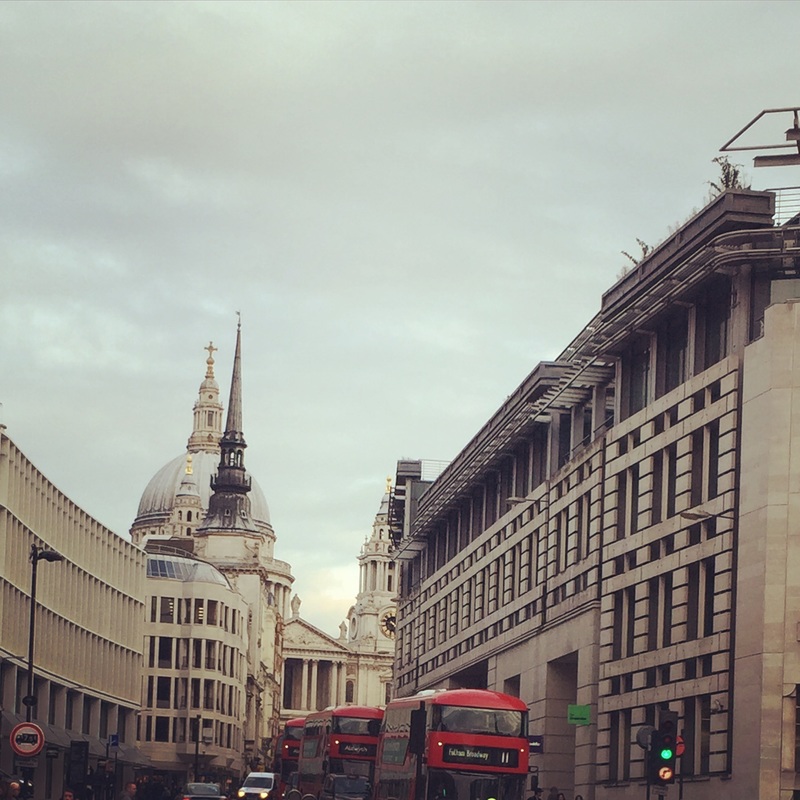
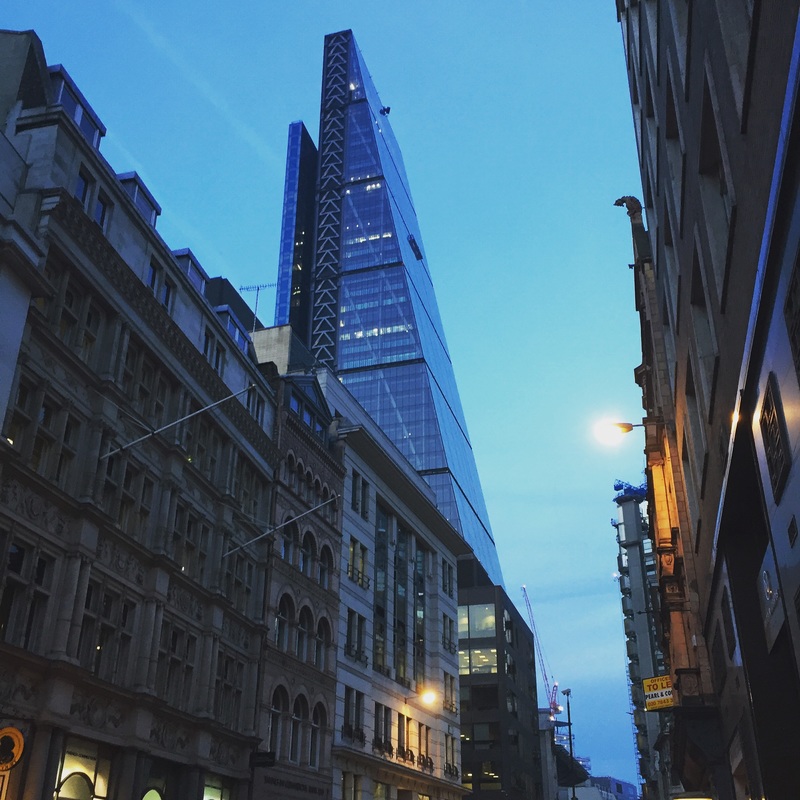
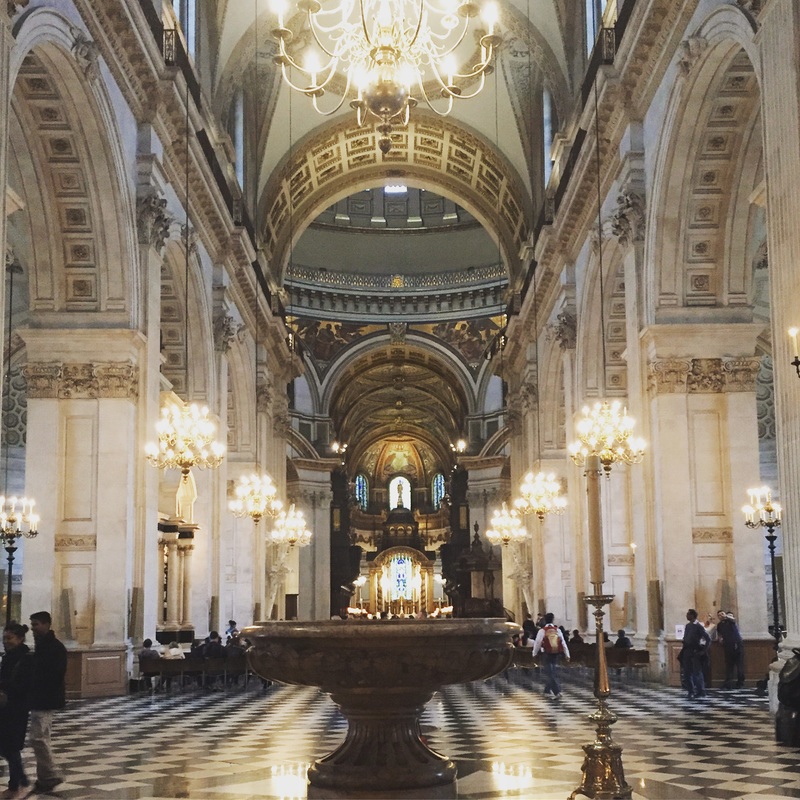
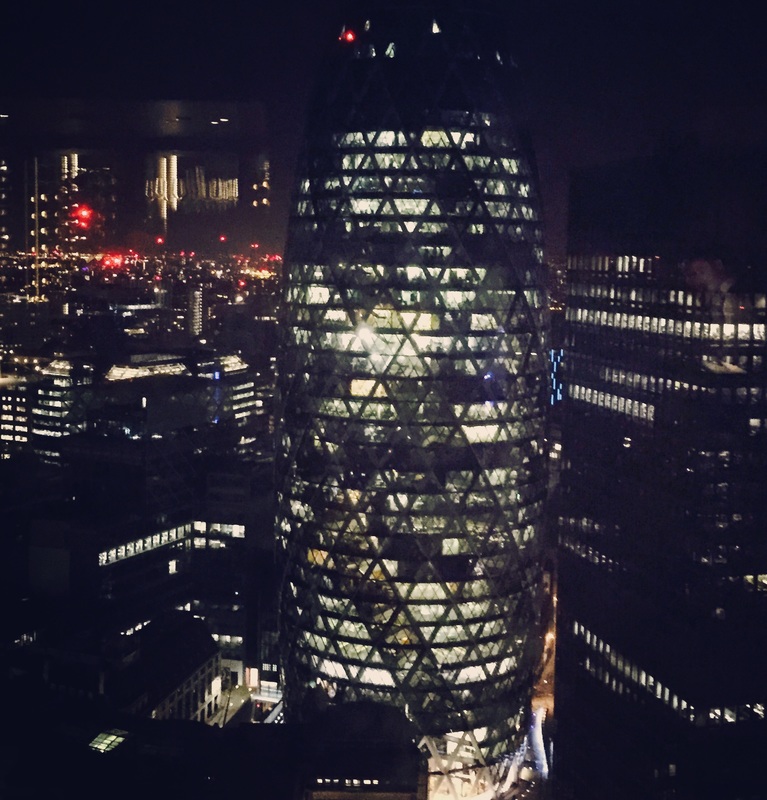
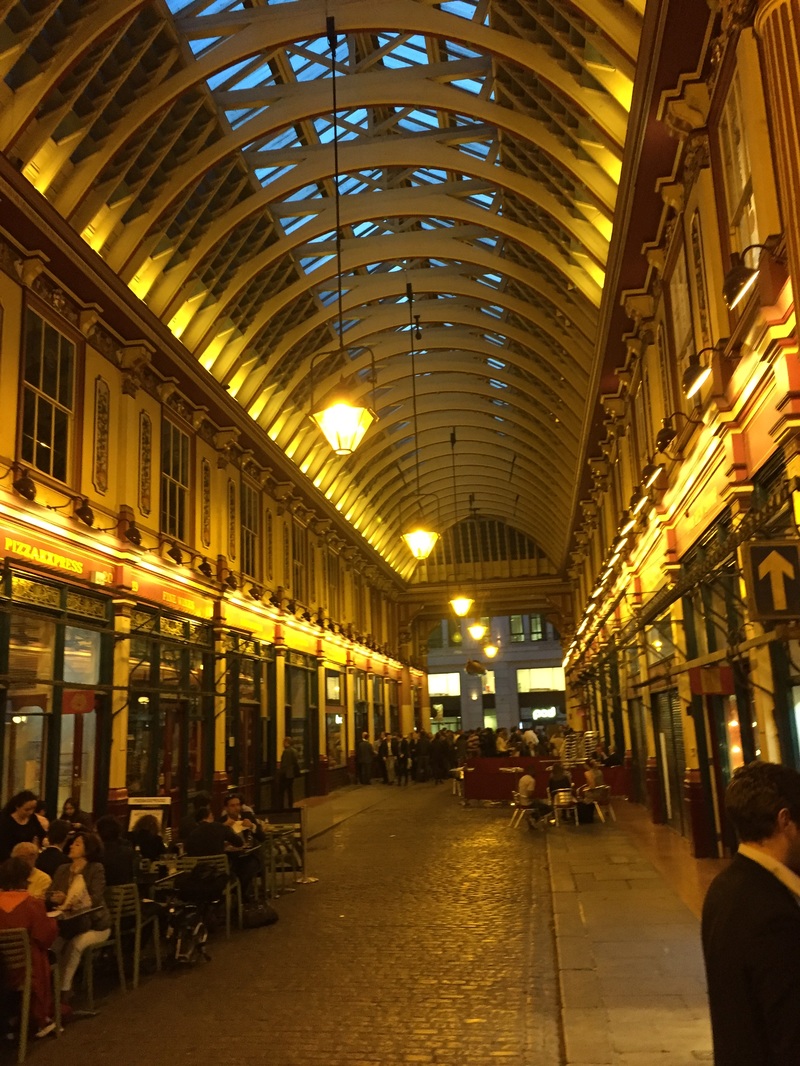
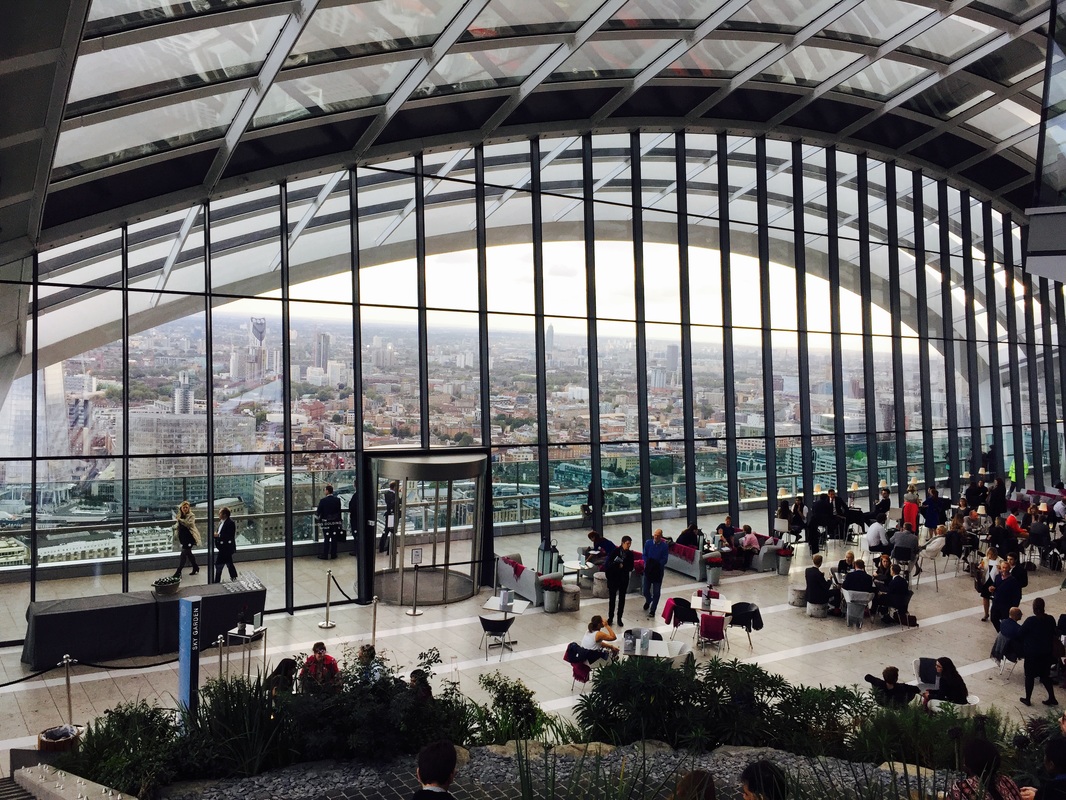

 RSS Feed
RSS Feed